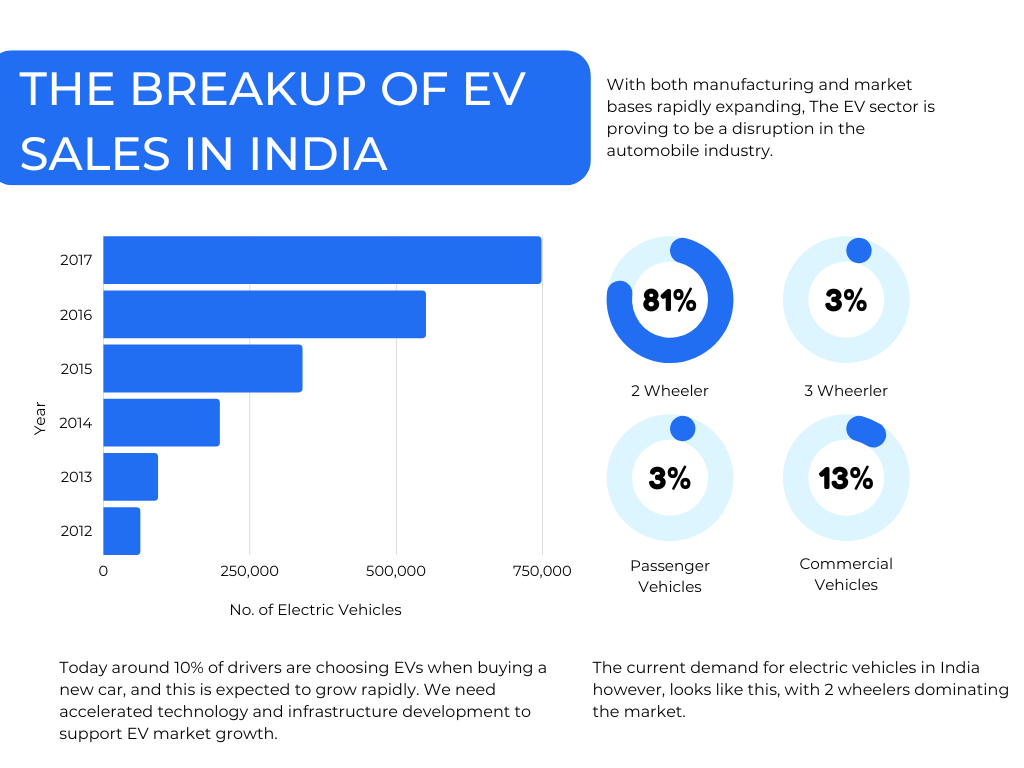The world is facing the challenge of climate change and reducing carbon emissions is
critical in mitigating its impact. The mobility sector contributes significantly to
greenhouse gas emissions, with around 18% of carbon dioxide emissions coming from
burning fuel.
Electric vehicles (EVs) are an essential part of the solution to decarbonizing the
mobility sector. However, the success of EVs is reliant on the development of charging
infrastructure to meet the growing demand for charging.
As the number of EVs on the roads continues to increase, there is a need for accelerated
technology and infrastructure development to support the growth of the EV market.
In the current scenario, around 10% of drivers choose EVs when purchasing a new car, and
this number is expected to grow rapidly in the coming years. With this growth, the
demand for charging stations will also increase, leading to challenges in ensuring
accessibility and efficient usage of charging infrastructure.
Optimal placement of EV charging stations is a critical factor in promoting the adoption
of EVs and reducing range anxiety, the fear of running out of charge while driving. The
optimal placement of charging stations involves analyzing various factors such as the
number of EVs in the area, their charging requirements, and the availability of charging
infrastructure.
Download the full report to understand the Insights from Optimal Placement of EV
Charging Stations Using Machine Learning and Optimization.
.png)






